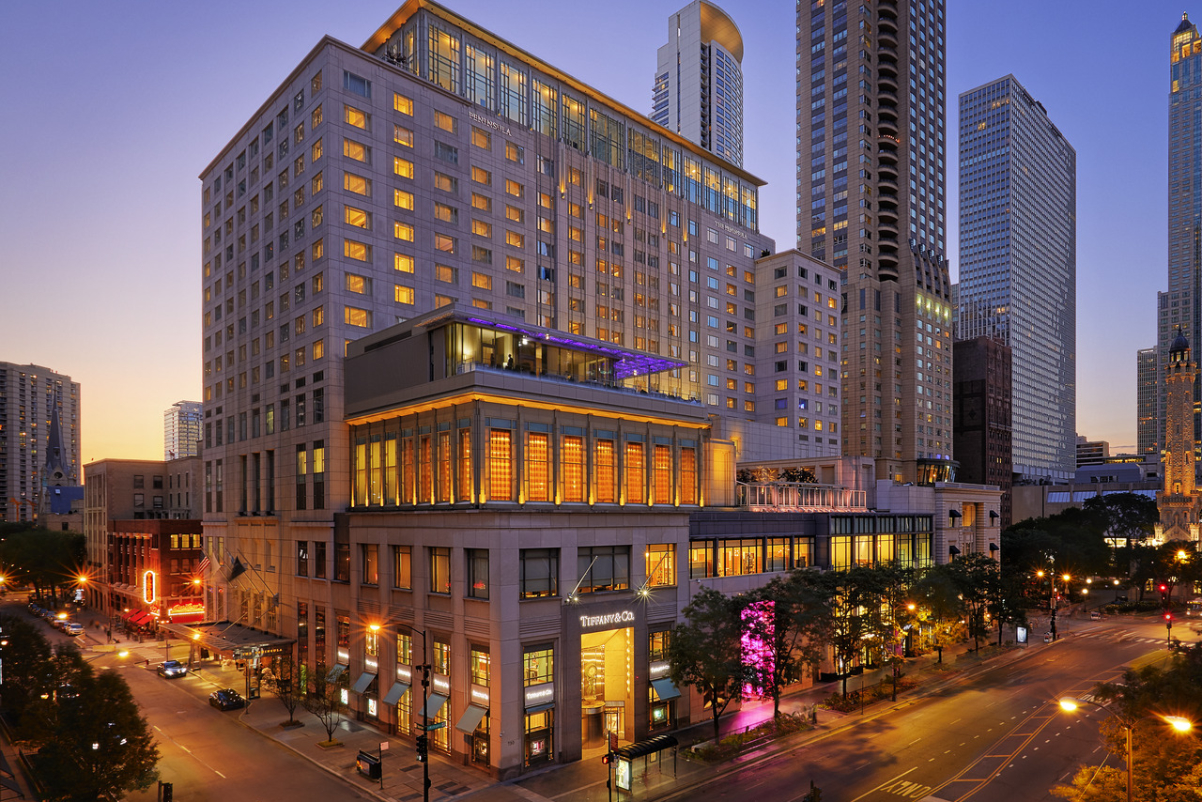Skift Take
In most cases, having not a whole lot more than 25 properties is an optimum number.

Early Check-In
Editor’s Note: Skift Senior Hospitality Editor Sean O’Neill brings readers exclusive reporting and insights into hotel deals and development, and how those trends are making an impact across the travel industry.
I can't imagine ever tiring of infinity pools, Michelin-starred restaurants, and staff answering my every whim. But from a business perspective, it seems you truly can get too much of a good thing in ultra-luxury hotels and resorts.In the ultra-luxury segment — think names like Aman, Four Seasons, 1Hotel, One&Only, Park Hyatt, Peninsula, Raffles, The Ritz-Carlton, and Six Senses — it can be a mistake to grow a brand's footprint too fast or widely. After all, luxury is partly about scarcity.
At least, that's the idea that hotel industry leaders have voiced in recent months.
Bulgari Hotels & Resorts has modest plans. “We want maybe 15 hotels maximum down the road,” said Silvio Ursini, the group executive vice president of the hotels and resorts division of the Italian jeweler, in an interview with me this month. Four Seasons has arrived at 126 luxury hotels and resorts and 53 branded residences over six decades. Marc Speichert, the chief commercial officer, said earlier this year that the brand is averaging 5 to 7 openings per year. While that may seem like a lot, there are probably still fewer Four Seasons than offices of Accenture, a consultancy. 1Hotels will grow as a brand to about 30 to 50 properties, predicted Raul Leal, CEO of parent company SH Hotels & Resorts, in an interview with me this year. One&Only's parent company, Kerzner Hospitality, is led by CEO Philippe Zuber, who recently said he might cap the growth of the luxury brand at about 35 locations.Piers Schmidt knows luxury and hotels. I got to chat with him last month in London at a reception during Skift's Future of Lodging event. He's been a busy person.
Schmidt i